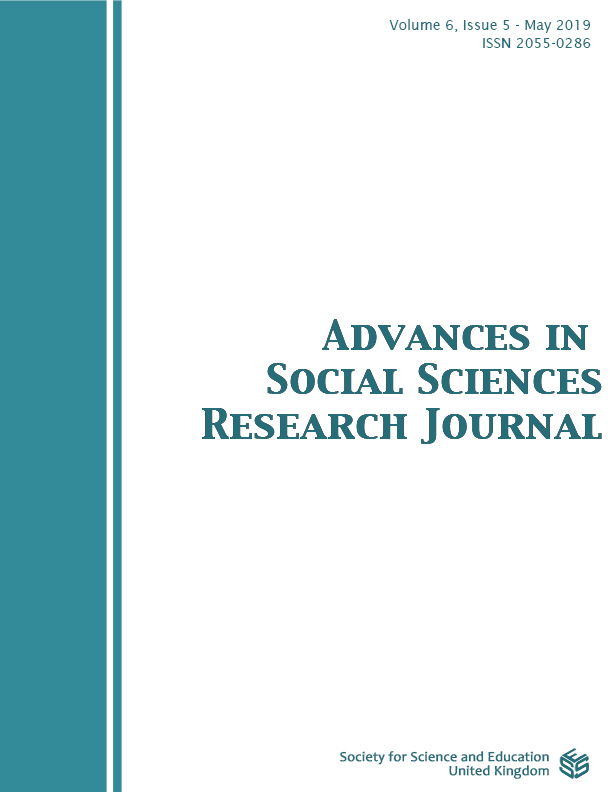Evaluation of Bill Gate’s panacea for development and poverty reduction in Nigeria through improving agriculture
DOI:
https://doi.org/10.14738/assrj.65.6563Abstract
Through successive military and civilian regimes, Nigeria devised laudable but often duplicated agriculture focused policies and programmes targeting poverty reduction, its observed inter-generational plague. Well managed technology driven agriculture prefigures food security, improved national revenue profile, industrialization catalyst, high level employment, low level poverty, national development and social order, socio-economic indicators that are so far absent. This observational research aims at evaluating government’s efforts towards solving poverty and related problems through the lens of empowered local farmer focus and inclusive agriculture, a Bill Gates antidote. It employed official records and statistics and related secondary data. Among the findings are availability of right policies and programmes but with generally low matchup on agricultural promotion inputs, including low budgets, rural-urban and gender based financial exclusiveness, irrigation and extension services for farmer empowerment. Set targets in many critical domains were unmet with resultant low food security (availability and nutrition), increasing poverty and employment. There exists a weak 2018 economy which is marginally improving, since 2016. The fragility progressively continues reproducing more poverty and social tension manifest in conflicts, kidnappings and political thuggery. Extant data suggest that quality of life in Nigeria is low and lacks the utilitarian philosophy. Nigeria emerged as the 2018 world poverty capital highest ever unemployment figure (23%) and among the eight hungriest globally. Foremost, political will to execute inclusive policies and programmes, is needed. Improved agricultural budget, financial inclusiveness in rural-urban, gender resource allocation, irrigation and extension services are key needs.
Downloads
Published
How to Cite
Issue
Section
License
Authors wishing to include figures, tables, or text passages that have already been published elsewhere are required to obtain permission from the copyright owner(s) for both the print and online format and to include evidence that such permission has been granted when submitting their papers. Any material received without such evidence will be assumed to originate from the authors.






